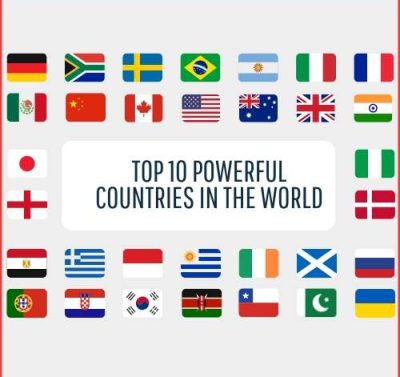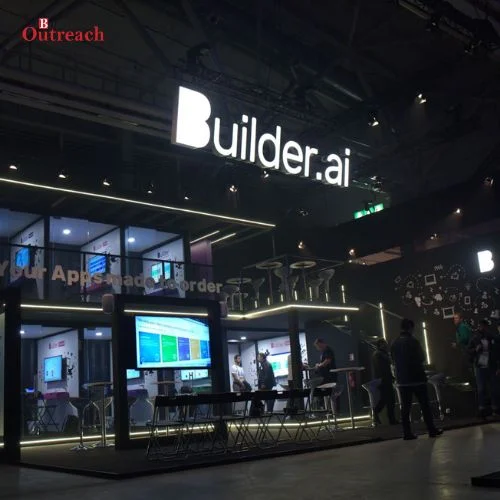Nvidia Corp. Chief Executive Officer Jensen Huang visited four cities on a five-day trip to India earlier this month, dined with tech leaders and researchers, snapped a lot of selfies, and had a one-on-one discussion about the AI industry with Prime Minister Narendra Modi.
Although Huang was given royal treatment, the trip’s main objective was business. The 1.4 billion-person South Asian nation represents a once-in-a-lifetime potential for Nvidia, whose graphics chips are essential to the development of artificial intelligence systems.
India may wind up serving as a source of AI expertise, a location for chip manufacture, and a market for Nvidia’s products as the US tightens its restrictions on the export of high-end processors to China and the rest of the globe looks for an alternate electronics manufacturing base.
Huang discussed retraining large segments of the workforce and developing future AI models using Indian data and expertise during a meeting with top researchers in Delhi, according to several attendees. Huang also expressed his strong belief in the engineering expertise of India, notably in graduates from its premier engineering institutions, the Indian Institutes of Technology, to an executive in Bangalore, the country’s tech powerhouse.
Huang remarked at a news conference in Bangalore, “You have the data, you have the talent. This will be one of the world’s largest AI markets, Huang continued.
Nvidia and India both have a stake in accelerating the nation’s ascent in the field of artificial intelligence. High-end microprocessors cannot be sold to China, which represents a fifth of Nvidia’s sales, because of concerns that the chips could be used to create autonomous weapons or engage in cyberwarfare.
As the sole market still in existence, Neil Shah, vice president of research at Counterpoint Technology Market Research, said: “It’s not surprising that Nvidia wants to put multiple eggs in that basket.”
Although Indian engineers play a significant role in the digital workforce, the nation is still a long way from acquiring the cutting-edge capabilities required to produce the sophisticated chips made by Nvidia. However, India hopes to expand its electronic manufacturing industry and use AI to strengthen its digital economy. In order to entice companies like Nvidia, Advanced Micro Devices Inc., and Intel Corp. The nation is pouring billions of dollars in subsidies into building chip manufacturing facilities.
Nandan Nilekani, chairman of Infosys Ltd. and a key architect of the vast digital public infrastructure of the nation, declared that “India is strategic to Nvidia’s future.” Both the government and significant private enterprises are actively constructing AI infrastructure. Huang has excellent news, according to Nilekani, who had dinner with the chip mogul when he was in town.
The Taiwanese-American billionaire defied hot summer temperatures to arrive at the prime minister’s house in Delhi wearing his signature black leather jacket.
Later, Modi revealed that they discussed “the rich potential India offers in the world of AI.”During the journey, Huang and Nvidia noticed indications of that potential. During Huang’s multi-city tour, Reliance, the largest conglomerate in India and the company owned by billionaire Mukesh Ambani, declared that Jio Platforms would construct AI computing infrastructure for the nation.
According to a press statement from the company, the AI cloud would utilise end-to-end Nvidia supercomputing technologies. Nvidia announced that Reliance and Tata, another sizable conglomerate, will also construct and run cutting-edge AI supercomputing data centres and provide AI infrastructure as a service for use by researchers, businesses, and startups.
India has had some success luring industry behemoths Amazon.com Inc. and Apple Inc. to move contract electronics production from China, to the point where this month, Apple will offer iPhone 15 smartphones built in India on the day of introduction. With some experience in chip design but no prior experience with semiconductor foundries, it is now focusing on semiconductors. Modern chips, including those created by Nvidia, are almost exclusively produced in Taiwan. The nation invested enormous sums of money over many years to reach its current levels of manufacturing competence.
India wants to catch up, but it has trouble becoming a centre for AI. According to Sashikumaar Ganesan, the head of the computational and data sciences division at the Indian Institute of Science, neither the exascale compute capacity, which can perform a billion billion calculations per second, nor the ready AI talent capable of creating complex software are present in the nation at the moment. Ganesan, one of those invited to Huang’s meeting with AI experts, said, “We have to build not just high-performance computing infrastructure but also high-performance computing workforce.”















